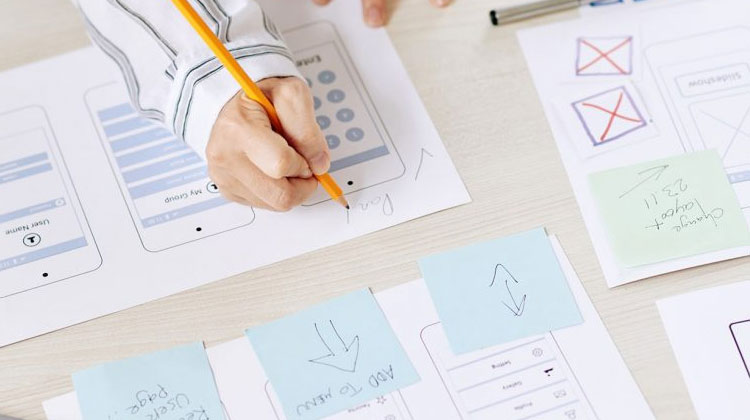
Creating an amazing UI/UX design involves a combination of creativity, user-centric thinking, and attention to detail. The first step is to thoroughly understand the target audience and their needs. Conducting user research, including interviews, surveys, and usability testing, provides valuable insights into user preferences, behaviors, and pain points. By empathizing with users and understanding their goals, designers can tailor the interface to meet their needs effectively. Additionally, analyzing competitor designs and industry trends helps identify opportunities for innovation and differentiation.
Once the user needs are identified, designers can begin crafting a visually appealing and intuitive interface.
AA Parts
CEO, Co FoundersThis involves creating wireframes and prototypes to visualize the layout, structure, and flow of the application or website. Iterative design processes, such as rapid prototyping and user testing, allow designers to gather feedback early and refine the design based on user input. Attention to detail is paramount during this stage, as even small elements like typography, color choices, and iconography can significantly impact the overall user experience. By focusing on simplicity, consistency, and clarity, designers can create interfaces that are easy to navigate and visually engaging. The final step in creating an amazing UI/UX design is to ensure seamless implementation and integration. Collaboration between designers and developers is crucial to translate the design into a functional and responsive interface. Using modern design tools and frameworks, designers can provide developers with clear specifications and assets, streamlining the implementation process. Continuous communication and feedback loops between design and development teams help address any technical constraints or feasibility issues early in the process. By working closely together, designers and developers can ensure that the final product delivers on the promise of an exceptional user experience.


Moreover, designing with accessibility in mind ensures that all users, including those with disabilities, can access and interact with the interface effectively. This involves adhering to web accessibility standards, such as providing alternative text for images, ensuring proper contrast ratios for text readability, and implementing keyboard navigation options. By prioritizing usability and accessibility, designers can create inclusive experiences that resonate with a diverse audience and foster long-term user engagement and satisfaction.


